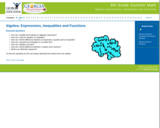
Middle Grades Math 8 Algebra Part One
- Subject:
- Mathematics
- Material Type:
- Module
- Provider:
- Georgia Virtual
- Author:
- Georgia Virtual School
- Date Added:
- 06/02/2018
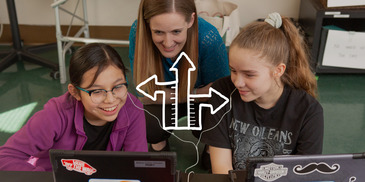
Instructional content that has been vetted by educators to be useful in hybrid, blended, face-to-face, online learning environments and with creative teaching strategies like flipped learning.
The Flexible Learning endorsement is earned when an instructional material "Meets Expectations" or "Exceeds Expectations" in the Flexibility and Usability categories of the Instructional Materials Rubric.

Middle Grades Math 8 Algebra Part One

In this lesson children will be asked to make a graph, then listen to a story. After the story, they will do a similar graph and then compare the two graphs.
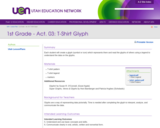
In this lesson each student will create a glyph (symbol or icon) which represents them and read the glyphs of others using a legend to understand the data on the glyphs.
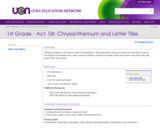
In this lesson children will listen as the teacher reads Chrysanthemum. Afterwards have a discussion about the story with a focus on the length of Chrysanthemum's name. Have the children compare the lengths of their own names using letter tiles, grid paper, and a class graph.
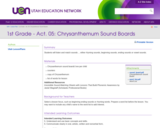
In this lesson students will listen and match sounds ... either rhyming sounds, beginning sounds, ending sounds or vowel sounds.
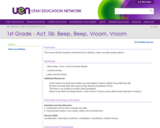
This lesson will help students understand how to identify, create, and label simple patterns.
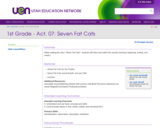
While reading the story "Seven Fat Cats", students will listen and match the sounds (rhyming, beginning, ending, and vowel.)
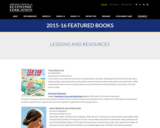
The Virginia Council on Economic Education 2015-2016 Featured Books: Tia Isa Wants a Car by Meg Medina, Helen’s Big World: Life of Helen Keller by Doreen Rappaport, and Uncle Jed’s Barbershop by Margaree King Mitchell with discussion questions and lesson plans. These books are used to teach about savings,savings goals, opportunity cost, productive resources, and human capital.
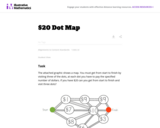
This problem helps students practice adding three numbers whose sum are 20 or less.
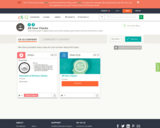
This short video and interactive assessment activity is designed to give fourth graders an overview of 24-hour clocks.
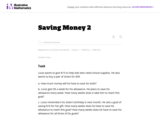
This is a task from the Illustrative Mathematics website that is one part of a complete illustration of the standard to which it is aligned. Each task has at least one solution and some commentary that addresses important asects of the task and its potential use. Here are the first few lines of the commentary for this task: Louis wants to give \$15 to help kids who need school supplies. He also wants to buy a pair of shoes for \$39. How much money will he have to save for ...

In this lesson the students will be working on multiplying and dividing by multiples of 10.
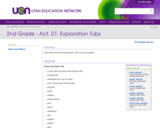
The focus of this lesson is to provide an opportunity for children to develop oral language skills and to record their oral language to share with others.
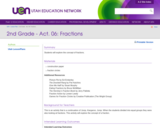
In this lesson students will explore the concept of fractions.
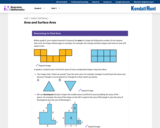
Family facing 6th Grade math unit focusing on area and surface area.
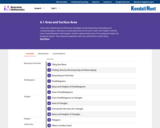
In this unit, students learn to find areas of polygons by decomposing, rearranging, and composing shapes. They learn to understand and use the terms “base” and “height,” and find areas of parallelograms and triangles. Students approximate areas of non-polygonal regions by polygonal regions. They represent polyhedra with nets and find their surface areas.
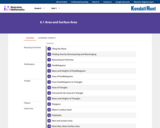
Student facing 6th Grade math unit focusing on area and surface area.
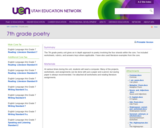
The 7th grade poetry unit gives an in depth approach to poetry involving the four strands within the core. I've included worksheets, rubrics, and answers keys where applicable. I have also used literature examples from the core.
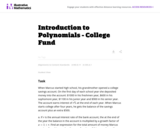
This is a task from the Illustrative Mathematics website that is one part of a complete illustration of the standard to which it is aligned. Each task has at least one solution and some commentary that addresses important asects of the task and its potential use. Here are the first few lines of the commentary for this task: When Marcus started high school, his grandmother opened a college savings account. On the first day of each school year she deposited money into the ac...
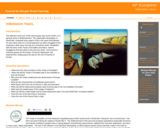
AP Euro 14 AP Euro In Between Years. InBetween Years.. Before you begin Caught between Wars Life in the Interwar Years The War to end all Wars leads to another War Impact of Versailles Treaty and Rise of Mussolini Lacks Leadership Characteristics Rise of Hitler and Nazi Germany The Interwar Years Art during the InBetween Years Module Wrapup Assessment Before you begin AP European